Introduction: The Paradox of Connection
Loneliness is the human condition. No one can know that better than you and I. – Maya Angelou. This quote deftly captures the essence of our modern dilemma. In a time overflowing with digital connections—from social media to video calls—many individuals still find themselves entrenched in solitude. Connecting to the world through a screen can often feel like waving hello from across a canyon: a gesture filled with longing, yet impossibly far away. The rise of Artificial General Intelligence (AGI) promises to redefine this landscape, but as we navigate this technological frontier, we must consider a burning question: can AGI help us conquer loneliness, or are we merely bolting the door of isolation even tighter?
As we march toward a future dominated by AGI developments, we're left pondering what this means for our emotional states. With heavyweights like Yuval Noah Harari, who warns about the implications of technology on our humanity, and researchers like Sherry Turkle, who explore how devices impact our relationships, we stand at a crossroads. It's undeniable: despite the wonders of our hyper-connected world, loneliness seems to be in the air—thick as smog—and AGI is the unexpected stranger in the mix. Can this sophisticated intelligence heal the rifts of our social lives, or will it deepen the cracks?
1. Understanding Loneliness in a Hyper-Connected World
Welcome to the digital jungle where your best friend might be a robot named Alexa and your daily chats are more likely to happen with a screen than with a person. But hold on—this isn't exactly the social utopia we envisioned.
1.1 The Global Loneliness Crisis
Loneliness is becoming a worldwide epidemic, and the stats are as sobering as a cup of instant coffee on a Monday morning. According to a Cigna study, nearly 61% of Americans reported feeling lonely, emphasizing that social connection involves more than a plethora of virtual 'friends'. In many cases, our screens are acting as barriers rather than bridges, preventing genuine interactions.
1.2 The Irony of Social Media Connections
The irony stings like a bee—social media platforms are designed to connect us, and yet they often leave us feeling isolated. Endless scrolling might create the illusion of being part of a community, but deep down, many individuals crave real-life conversations. Researchers like Sherry Turkle emphasize that, in some cases, the very tools meant to foster communication might fuel our feelings of disconnection. There's nothing quite like the real warmth of a hug—or even an awkward wave—to make you feel connected.
2. The Role of AGI in Companionship
As we tread deeper into the future, the role of Artificial General Intelligence, or AGI for short, becomes more pronounced. But what exactly is AGI? Simple: it’s the friendly neighborhood superhero of AI. It can understand, learn, and apply knowledge much like you and me. Can it save the world from loneliness? Let’s dive in!
2.1 Defining AGI and Its Capabilities
AGI stands for Artificial General Intelligence. Unlike traditional AI, which specializes in specific tasks (think of it as the 'one-trick pony' of the digital world), AGI can understand and adapt to different tasks, solving problems with human-like flexibility. Imagine having a robot buddy that can play chess, answer your questions about the universe, and talk to you about your favorite TV shows all in one sitting. Sounds like a party, right?
2.2 Historical precedents: AI as a Companion
Now, let’s take a stroll down memory lane. We’ve seen the rise of AI companions before. Remember the quirky little Roomba? Sure, it isn’t exactly chatty, but it’s a good listener and loves to clean. Fast forward to today, and now we have voice assistants like Siri from Apple and Alexa from Amazon. They can crack jokes and even tell you what the weather's like! (Crazy, right? You can have a laugh while planning your rainy day indoors!)
3. Case Studies of AGI and Social Interaction
Now that we’ve warmed up to the idea of AGI, let’s peek at real-world examples of how it’s being utilized for social interaction. Spoiler alert: it’s fascinating!
3.1 Siri, Alexa, and Other Virtual Assistants
Siri, Alexa, and their friends have taken the world by storm. These virtual assistants are more than electronic gadgets; they provide companionship in a unique, albeit sometimes quirky, way. Need a recipe? Alexa can help! Want to hear your favorite song? Siri's got your back! They might not offer the deep emotional connection one craves, but their reliability makes them the ‘Agile Avengers’ of tech. However, can they truly understand what we feel? Let's just say asking Siri for a hug might take things a bit too far!
3.2 The Rise of AI in Therapeutic Settings
Interestingly enough, AGI isn't just here for light conversation; it’s also stepping into the world of mental health. Therapists are examining how AI can be a source of emotional support. For example, Woebot, an AI chatbot, acts as a virtual therapist, helping users navigate their feelings and even offering cognitive behavioral therapy techniques!
It’s like having a pocket therapist! While it might not replace the human touch (we still crave that warm embrace!), it does provide a bridge for many who struggle to reach out. Studies show that some people feel more at ease chatting with an AI about their problems than with a human. But, are we replacing human connection with algorithms? That's food for thought!
4. Potential Risks: AGI and Deepened Isolation
As much as AGI holds promise in bridging the gap of loneliness, there are some significant risks that we must ponder seriously. What if, instead of alleviating our solitude, AGI enhances our isolation? It's a paradox that raises a thoughtful concern. Let’s break down these potential dangers.
4.1 Dependency on Virtual Companions
Picture a world where people feel more comfortable talking to a digital assistant than to their friends or family. The services provided by Alexa and Siri can lead to a concerning dependency on these virtual companions, making real-life interactions feel intimidating or unnecessary. Over time, this reliance can affect emotional resilience, leaving individuals struggling to navigate ordinary social situations.
4.2 The Loss of Authentic Human Relationships
When technology fills the role of a friend, what happens to our human connections? The loss of genuine relationships can be starkly felt. Social skills may erode as people become accustomed to interactions that lack emotional depth. Studies from Psychology Today show that loneliness can lead to serious mental health issues. If we prioritize interactions with digital companions over human contact, we risk deepening our sense of isolation.
| Risk Factor | Consequences | Potential Solutions |
|---|---|---|
| Dependency on virtual companions | Reduced social skills, lack of emotional resilience | Encourage physical socializing |
| Loss of human relationships | Increased loneliness, mental health issues | Promote emotional education in schools |
5. Strategies for Addressing Loneliness Post-AGI
Looking ahead, how can we counter the potential risks of AGI deepening loneliness? It's crucial to design strategies that not only support emotional well-being but also encourage human connection. Here are a few essential steps to elevate our emotional health in an AGI world.
5.1 Community Engagement and Support Networks
Building strong community support networks can be a counterbalance to the isolating effects of AGI. These networks create safe spaces for individuals to share their feelings and experiences. Local initiatives, like volunteering with organizations such as MENTOR, can foster connections that are essential for emotional health. Participating in community centers, clubs, or support groups can significantly enhance social connections.
5.2 Mental Health Education and Awareness
Understanding mental health can help alleviate feelings of loneliness. Promoting mental health education in schools and workplaces can raise awareness and provide people with the tools they need to navigate emotions. Programs like the National Alliance on Mental Illness offer resources to help individuals recognize signs of loneliness and take proactive steps to connect with others. By weaving mental health education into our society's fabric, we can create more empathetic environments.
- Develop community initiatives that promote connection.
- Implement mental health programs in schools.
- Host open discussions about loneliness to foster understanding.
6. AI Solutions: How Would AI Tackle This Issue?
The challenge of loneliness in a world increasingly influenced by AGI may seem overwhelming, but innovative solutions could pave the way for meaningful changes. The goal here is to harness the power of Artificial General Intelligence to alleviate emotional isolation, improve mental health, and foster genuine human connections. By exploring the following steps, organizations can create a framework for implementing AI solutions effectively:
6.1 Development of Emotionally Intelligent AGI
To combat loneliness, we must create AGI systems that possess emotional intelligence—the ability to perceive, evaluate, and respond to human emotions effectively. This requires diverse teams of Researchers and Engineers working collaboratively. Major players like IBM Watson have begun exploring AI with emotional recognition capabilities. By utilizing techniques like deep learning and natural language processing, developers can create systems that respond appropriately to a range of human emotions, bridging the gap between artificial and genuine companionship.
6.2 Establishing AGI Social Programs in Real-World Contexts
It’s crucial to implement AGI technologies within real communities to evaluate their effectiveness in reducing loneliness. Organizations, such as The Red Cross, could partner with tech companies to create social programs that integrate AGI companions in various settings, such as nursing homes, schools, and community centers. Initiatives focused on specific demographics can help identify unique loneliness triggers among the groups they serve while providing tailored solutions to meet their needs.
6.3 Collaboration with Mental Health Professionals
Incorporating mental health perspectives into the AGI development process is essential. Collaborating with mental health experts from institutions like The American Psychological Association will help create a robust ethical framework. These professionals can guide developers in recognizing signs of emotional distress, ensuring AGI systems provide proper interventions, while also educating users on effectively utilizing their capabilities for emotional support.
6.4 Monitoring and Refining AI Interactions Based on User Feedback
To maximize the effectiveness of AGI companions, continuous tracking of interactions and emotional outcomes is vital. Creating surveys and feedback mechanisms within the AGI systems allows users to share their experiences, leading to rapid improvements. For instance, the SurveyMonkey platform can provide easy ways to gather data from user interactions, helping organizations adapt and refine AGI features to enhance emotional support continually.
6.5 Encouraging Physical Social Interactions Alongside Virtual Companionship
While AGI can provide valuable assistance, human connections are irreplaceable. Establishing initiatives that promote physical interaction while integrating AGI solutions is vital. For example, local governments can create community spaces where individuals can engage with AGI companions and each other, fostering connections outside the digital realm. Collaborations with organizations like Meetup can help develop social clubs with the dual purpose of nurturing friendships through shared activities.
Actions Schedule/Roadmap (Day 1 to Year 2)
This action plan outlines a clear, step-by-step roadmap for organizations to tackle loneliness using AGI over a two-year timeframe:
- Day 1: Convene an interdisciplinary workshop with experts from MIT Media Lab, Stanford AI Lab, and mental health professionals to discuss initial concerns and opportunities.
- Day 10: Form a project team comprising software engineers, psychologists, social workers, and community leaders.
- Month 1: Review existing literature and case studies assessing loneliness and AI effectiveness to inform development plans.
- Month 3: Begin user experience design focused on empathy and emotional responsiveness, consulting with mental health experts for input.
- Month 5: Prototype and test the first version of the emotionally intelligent AGI companion within select environments (like eldercare facilities).
- Month 9: Launch a pilot social program that integrates AGI companionship with community engagement initiatives.
- Month 12: Conduct assessment surveys and collect testimonials to evaluate the effectiveness of AGI companions on reducing loneliness.
- Year 1: Analyze data, revamp AGI products based on feedback, and develop educational materials for users on how to engage with their AGI companions actively.
- Year 2: Scale successful pilot programs to additional communities, while improving outreach, educational campaigns, and collaboration with tech companies for enhanced development.
Conclusion: A Hopeful Perspective on AGI and Loneliness
As we stand at the intersection of technology and emotional wellbeing, the role of AGI could be pivotal in addressing the loneliness epidemic that permeates our hyper-connected society. While some may fear the potential of losing authentic human connections, a thoughtful approach to AGI development, centered around emotional intelligence, ethical considerations, and community integration, can transform our lives positively.
Hope, after all, is not just about the absence of loneliness but the presence of genuine connections. By leveraging artificial general intelligence, we may not eradicate loneliness, but rather reframe it—creating an age where technology serves as a bridge rather than a barrier. Through collective efforts, strategic collaborations, and a focus on community engagement, we can inspire a future where every individual feels valued, understood, and connected. Let’s move forward and embrace the possibilities of tomorrow while fostering deeper relationships with those around us.
FAQ
1. What is the relationship between AGI and loneliness?
The relationship between Artificial General Intelligence (AGI) and loneliness is a complex one. On one hand, AGI has the potential to provide companionship through interactive and emotionally intelligent systems. On the other hand, if people rely too much on technology for socialization, real human relationships may suffer, potentially increasing feelings of loneliness. It’s essential to find a balance.
2. Can AI truly understand human emotions?
Currently, AI can recognize emotions through analyzing speech patterns, facial expressions, and text. However, AI does not "feel" emotions like humans do. It can simulate understanding but lacks the depth of emotional experience. For instance, companies like IBM's Watson use algorithms to interpret feelings, yet they do not have genuine emotional awareness.
3. What are the risks involved in relying on AI for companionship?
Relying on AI for companionship can lead to several risks:
- Shallow Connections: AI companions may offer temporary comfort but lack the depth of human understanding and empathy.
- Isolation: People might avoid real interactions, fostering deeper feelings of loneliness over time.
- Dependency: Just like with social media, there’s a risk of becoming overly dependent on virtual interactions.
4. How can we mitigate the potential isolation caused by AGI?
To lessen the risk of isolation, consider implementing the following strategies:
- Encourage real-life social interactions, such as joining clubs or attending community events.
- Use AGI as a supplement, not a replacement, to human relationships.
- Engage with mental health professionals to understand how to navigate feelings of loneliness effectively.
5. What role does society play in this transition?
Society plays a crucial role in shaping how AGI is used to address loneliness. It can encourage responsible technology use through education and policy. Here are some steps society could take:
- Awsome Education: Teach people about healthy social interactions and the importance of community.
- Ethical Guidelines: Establish regulations to ensure that AI is developed in a way that promotes genuine human connections.
- Support Communities: Create community programs that bring people together to engage with both technology and each other.
Wait! There's more...check out our gripping short story that continues the journey: The Protocol
Disclaimer: This article may contain affiliate links. If you click on these links and make a purchase, we may receive a commission at no additional cost to you. Our recommendations and reviews are always independent and objective, aiming to provide you with the best information and resources.
Get Exclusive Stories, Photos, Art & Offers - Subscribe Today!
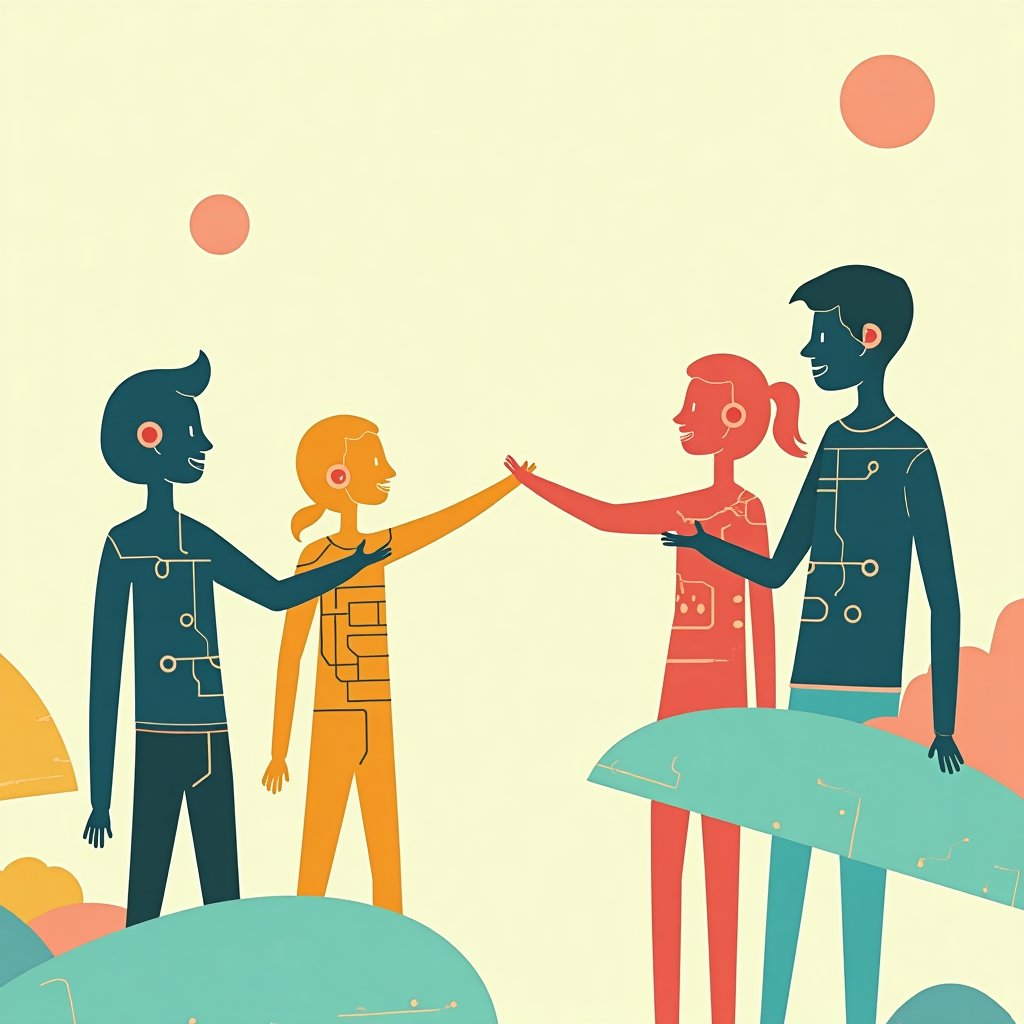
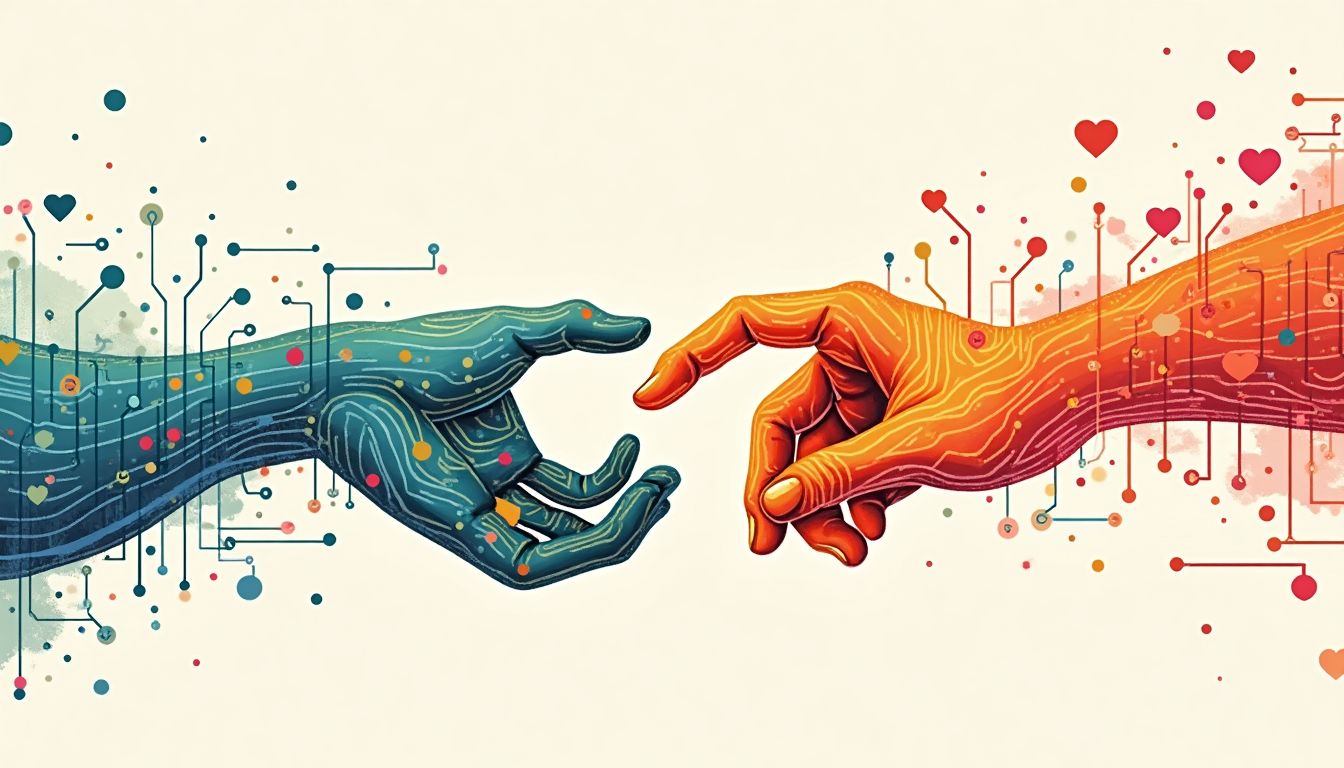
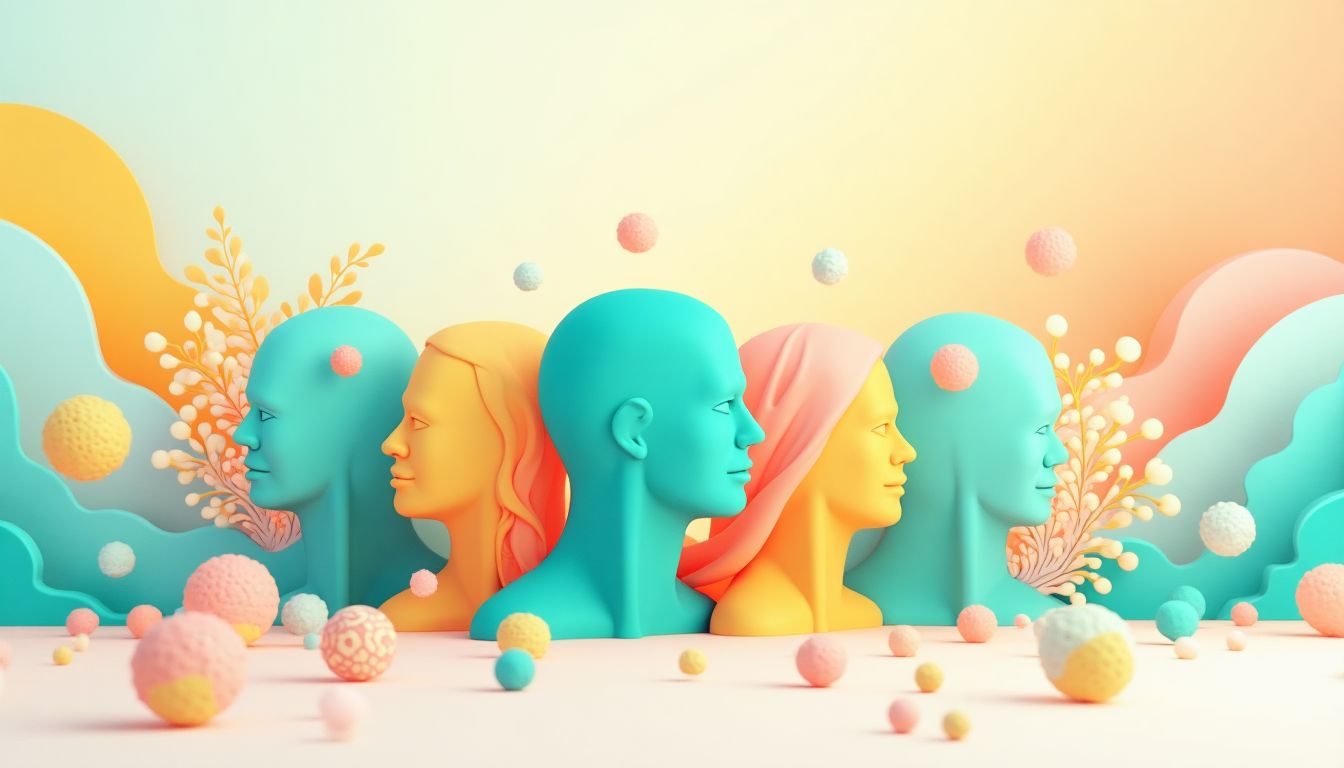
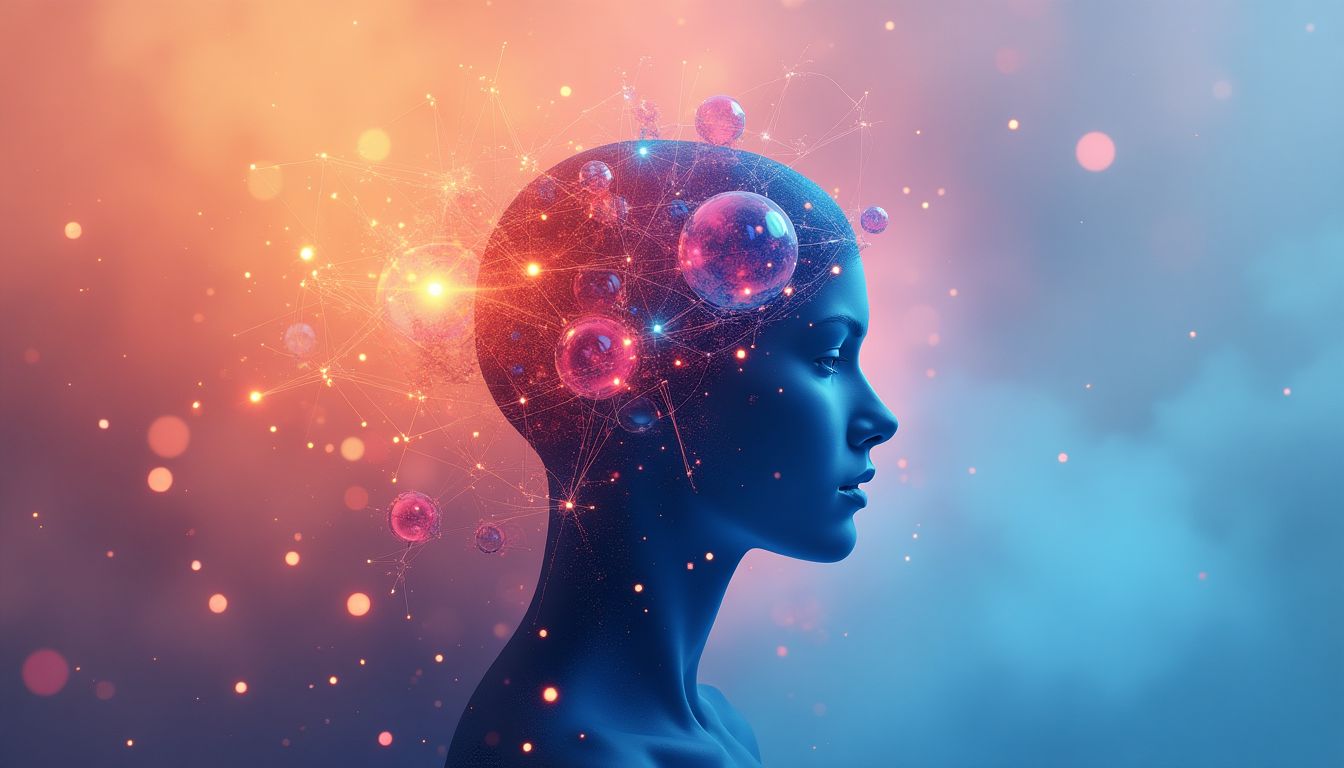
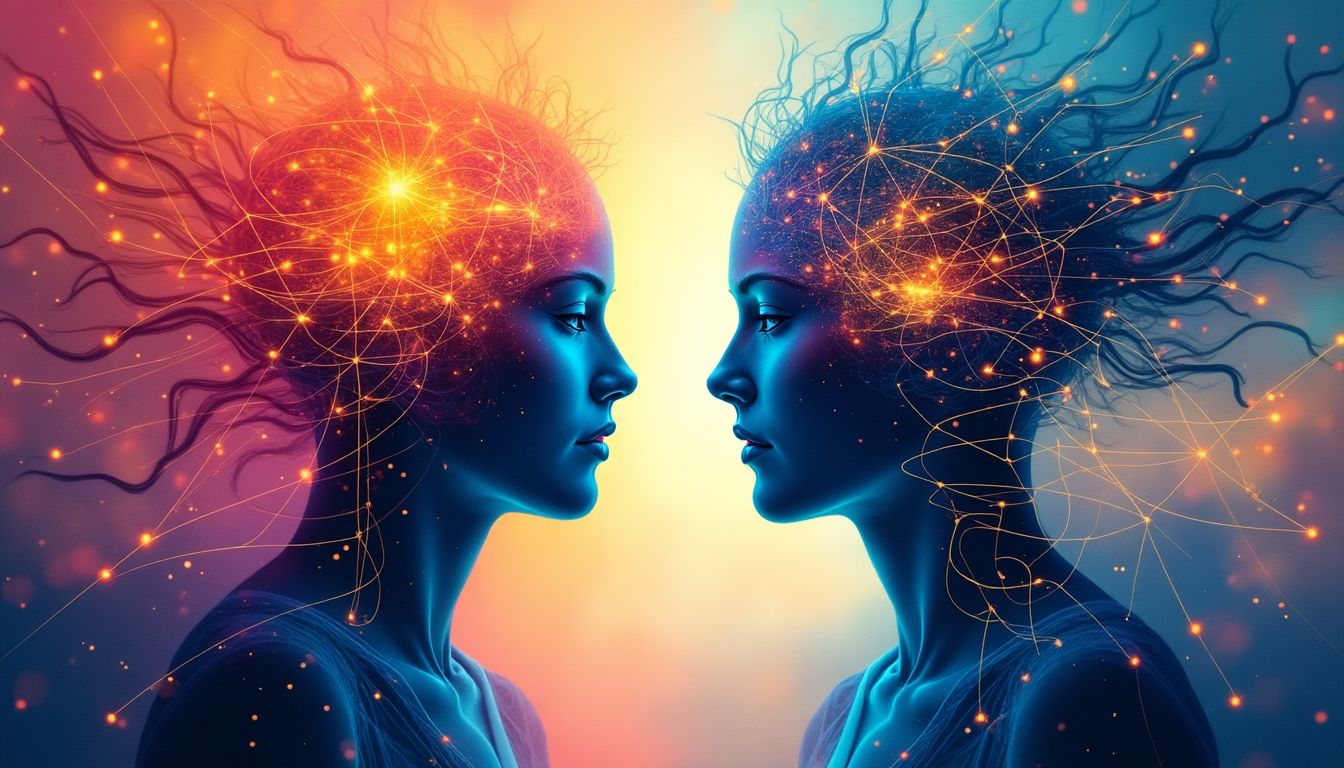
























Post Comment
You must be logged in to post a comment.